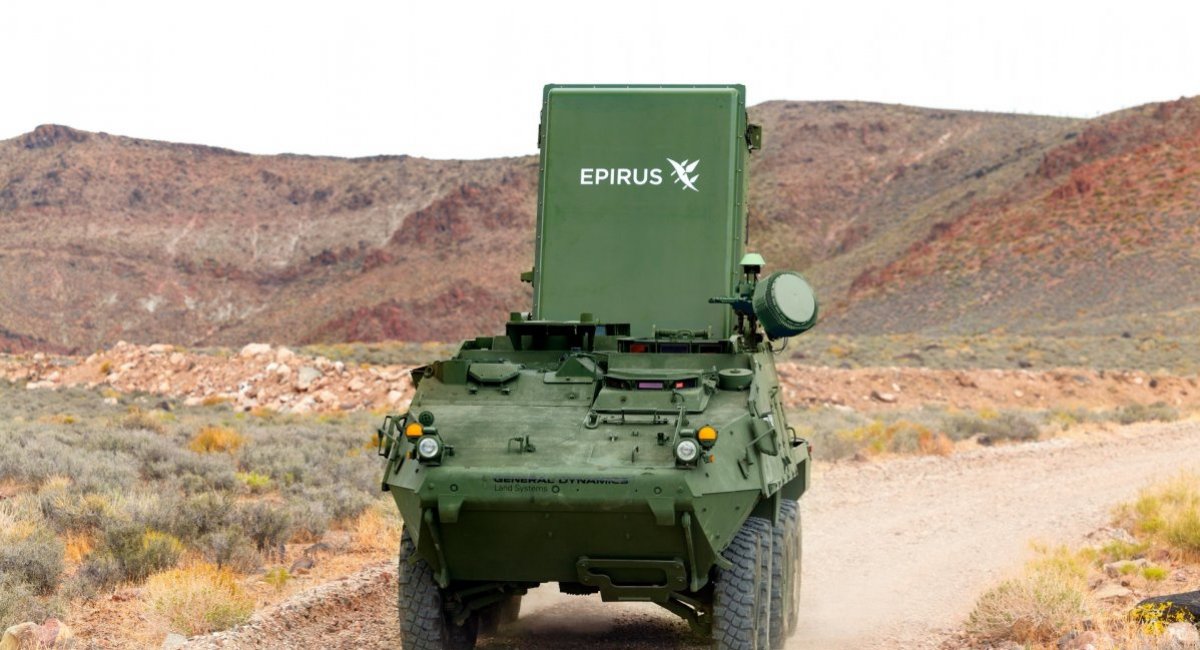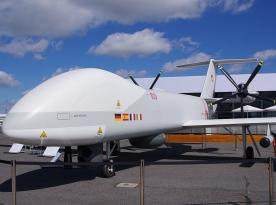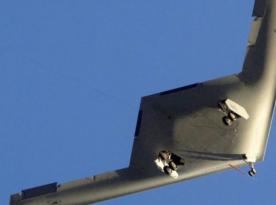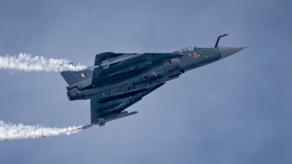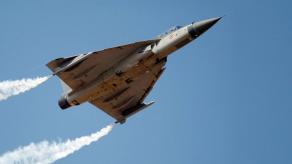The Leonidas electromagnetic weapon, which uses directed microwave radiation to destroy aerial targets, will receive a new, significantly enhanced version. The developer, Epirus, has secured a $43.5 million contract from the U.S. Army to carry out the necessary upgrades.
The contract provides for the delivery of two upgraded Leonidas systems, officially designated IFPC-HPM GEN II (Integrated Fires Protection Capability High-Power Microwave Generation II). These systems will be developed by upgrading four first-generation IFPC-HPM systems, which were ordered in 2023 to assess their effectiveness and potential advantages.
Read more: U.S. Army Wants a Universal Launcher for All Munitions to Prepare for a Future War in Europe
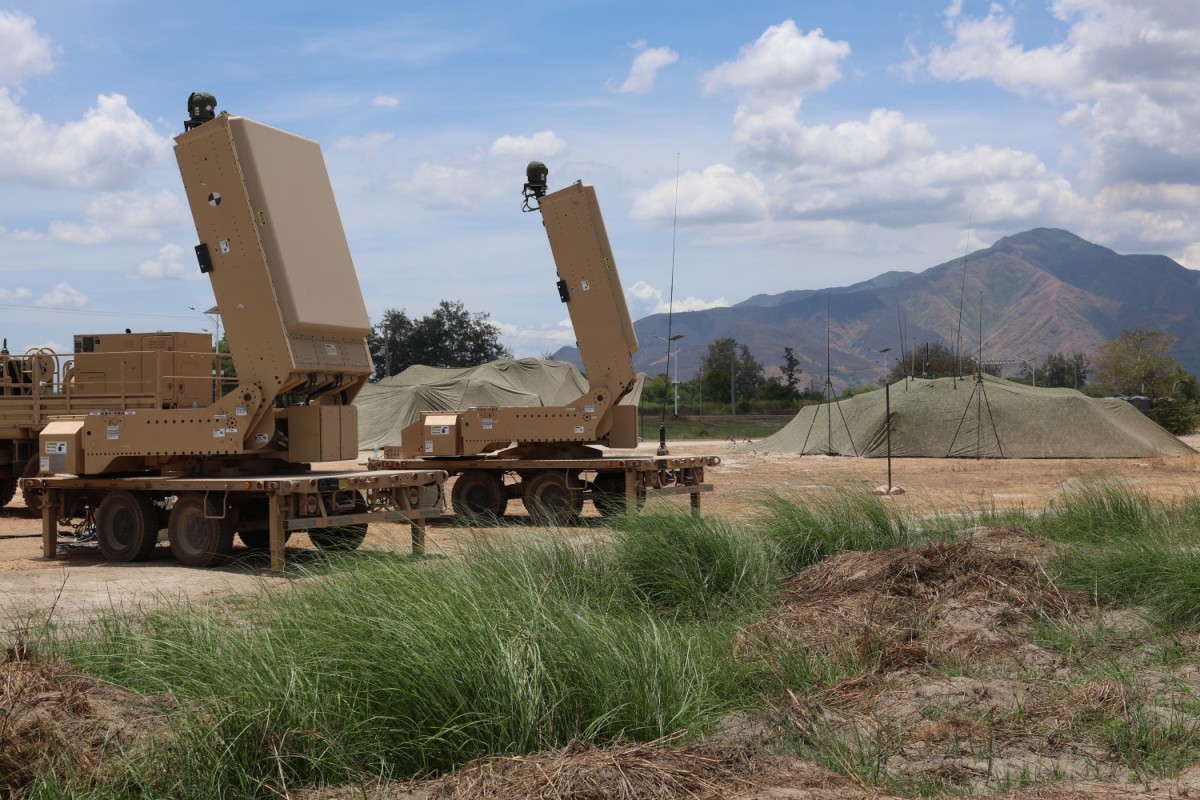
The modernization is based on operational feedback, with the goal of significantly expanding the combat effectiveness of this "microwave weapon." According to the company, the IFPC-HPM GEN II systems will more than double their maximum effective range compared to the previous generation and increase their power output by 30%.
In practical terms, this likely means that, based on the parameters of the first-generation Leonidas, the system will be capable of disabling drone electronics at ranges of up to 2 kilometers. However, improvements are not limited to range alone, the developers are also working to reduce the time required to neutralize targets. To this end, the duration of radiation pulses will be extended, and a high-duty burst mode will be introduced, allowing the system to engage multiple targets simultaneously.
The system will also feature improved waveform and polarization techniques to enhance lethality against a broader range of targets. Battery capacity will be increased, extending operating time without external power, while overall system operation will be simplified for users.
Overall, this reflects a clear plan to create a fully capable combat system designed to neutralize drones in the most cost-effective manner — by burning out their electronics. Epirus claims the "cost per shot" is just 0.05 cents. The increased engagement range of up to 2 kilometers already allows such systems to provide effective point defense for specific sites.
At the same time, Epirus has not disclosed timelines for the completion of this work. However, after production of the upgraded systems, the U.S. Army will conduct new evaluations of their effectiveness. Based on the results, a decision will likely be made either to continue further development until target performance is reached or to begin procurement for military use.
The company has already stated it is "ready to answer the Army’s call and quickly begin mass production to help address the asymmetric drone threat." Against this backdrop, it is also worth recalling Ukraine’s initiative inviting defense manufacturers to test their systems directly on the battlefield.
Read more: With Air-to-Air Missiles, XQ-58A Valkyrie Could Be the Perfect Wingman for F-16s and Other Fighters




